岡本 太郎/Okamoto Taro
岡本太郎は、独創的でエネルギッシュな作品群はもちろんのこと、そのバイタリティにあふれた活動と強烈なキャラクターでもよく知られている、稀代の芸術家です。
1911年、歌人で小説家の岡本かの子(1889〜1939)と漫画家の岡本一平(1886〜1948)の間に生まれた太郎は、東京美術学校(現・東京藝術大学)退学後、18歳のときに両親とともに渡仏します。両親の帰国後も、芸術の中心地であった1930年代のパリに10年以上滞在し、他では得難い濃密な時間を過ごしました。同地で目の当たりにしたピカソの絵画【水差しと果物鉢】(1931年)は、太郎に大きな衝撃を与えたもののひとつであり、これが抽象画を志す契機となりました。また、前衛芸術団体「アプストラクシオン・クレアシオン協会」に最年少のメンバーとして加入したほか、マックス・エルンスト(1891〜1976)といった名だたるシュルレアリストたちと親交を深め、創作の刺激を受けました。しかしながら、彼の関心は芸術分野にとどまらず、パリ大学では哲学や心理学、民族学といった教養を身につけています。とりわけマルセル・モース(1872〜1950)のもとで学んだ民族学は、太郎独自の芸術観を醸成することにつながっています。さらに、エルンストに誘われて参加した政治集会ではジョルジュ・バタイユ(1897〜1962)の演説に感銘を受け、秘密結社「アセファル」に入会し、そこで体験した秘儀が【夜】(1947年)や【電撃】(1947年)のモチーフになっていると言われています。このように、太郎は1930年代のパリに胎動していた様々な潮流に生身で飛びこんでは、そのエネルギーを貪欲に吸収していったのです。
戦時下は兵役を余儀なくされ、パリ時代の作品も空襲によって自宅もろとも焼失してしまいますが、1947年に二科会員となってからは、本格的に創作活動を再開します。「対極主義」という独自の思想を掲げた太郎は、【重工業】(1949年)や【森の掟】(1950年)などの問題作を次々と発表し、1948年には花田清輝(1909〜1974)らと「夜の会」を結成して前衛芸術運動を推進しました。また、縄文土器をはじめとする日本の起源や原風景に新たな美を発見し、その取材のために彼が撮影した写真は、貴重な民俗資料として評価されています。1950年代に入ると太郎の表現や活動の幅はさらに拡大し、もはやどの枠組みにも分類されない、「岡本太郎」という唯一無二のジャンルを確立していきます。その異色の存在感は、1970年の大阪万博で制作した【太陽の塔】(1970年)や近代主義に反発する展示の数々によってひときわ輝き、大衆にも広く浸透しました。
没後から30年近くたった今でも、太郎の作品や言葉は驚くべき求心力を持ち、リアルタイムの彼を知らない若者たちにも影響を与え続けています。それは、太郎が残したものの中に、彼のいきいきとして色あせない生きざま、命の輝きそのものを見出すことができるからかもしれません。
Taro Okamoto is a renowned artist, celebrated not only for his innovative and energetic body of work but also for his vibrant persona.
Born in 1911 to Kanoko Okamoto (1889-1939), a poet and novelist, and Ippei Okamoto (1886-1948), a cartoonist, Taro Okamoto left Tokyo Art School (now Tokyo University of the Arts) at the age of 18 to accompany his parents to France. After his parents returned to Japan, he continued to stay in Paris, which was the epicenter of the art world in the 1930s, for over a decade, immersing himself in an exceptionally rich and dense period that was hard to come by elsewhere. One of the artworks that left a profound impact on Taro was Picasso’s painting “Jug and Fruit Bowl” (1931), which served as a catalyst for his pursuit of abstract art. He also joined the avant-garde art organization “Abstraction-Création Association” as its youngest member, forging close friendships with renowned surrealists like Max Ernst (1891-1976) and drawing inspiration for his own creative work. However, his interests extended beyond the realm of art, and at the University of Paris, he acquired a well-rounded education in subjects such as philosophy, psychology, and ethnography. His ethnographic studies under Marcel Mauss (1872-1950), in particular, contributed to the development of Taro’s unique artistic perspective. Furthermore, Taro was deeply moved by Georges Bataille’s (1897-1962) speech at a political gathering he attended at Ernst’s invitation, leading him to join the clandestine society “Acephale”. It was said that the secret rituals he experienced there served as motifs for his works “Night” (1947) and “Electric Shock” (1947). In this way, Taro actively engaged with various intellectual and artistic currents that characterized 1930s Paris, eagerly absorbing their energy.
Despite being conscripted into military service during the wartime period and losing both his home and his Parisian works in an air raid, he resumed his creative pursuits in earnest after becoming a member of the Nika Art Association in 1947. Taro, with his distinctive philosophy of “contrarianism”, produced a series of provocative works, including “Heavy Industry” (1949) and “Code of the Forest” (1950). In 1948, he founded the “Night Club” alongside Seiki Hanada (1909-1974) and other artists, further advancing the avant-garde art movement. He also uncovered a new sense of beauty in Japan’s origins and primal landscapes, notably in Jomon pottery. His photographs taken during these explorations are esteemed as invaluable ethnographic materials. In the 1950s, his range of expression and activities continued to expand, and he proceeded to establish a unique genre known as “Taro Okamoto” that defied classification within any conventional framework. His remarkable and unconventional presence shone particularly bright through creations like “Tower of the Sun” (1970), which he produced for the 1970 Osaka Expo, as well as numerous exhibitions that rebelled against modernism. These contributions reached and resonated widely with the public.
Even nearly 30 years after his passing, Taro’s works and words continue to possess a remarkable centripetal force, influencing young individuals who never had the opportunity to experience him in real time. This might be because within the legacy he left behind, one can find his vibrant and enduring way of life, the very essence of life’s radiance itself.
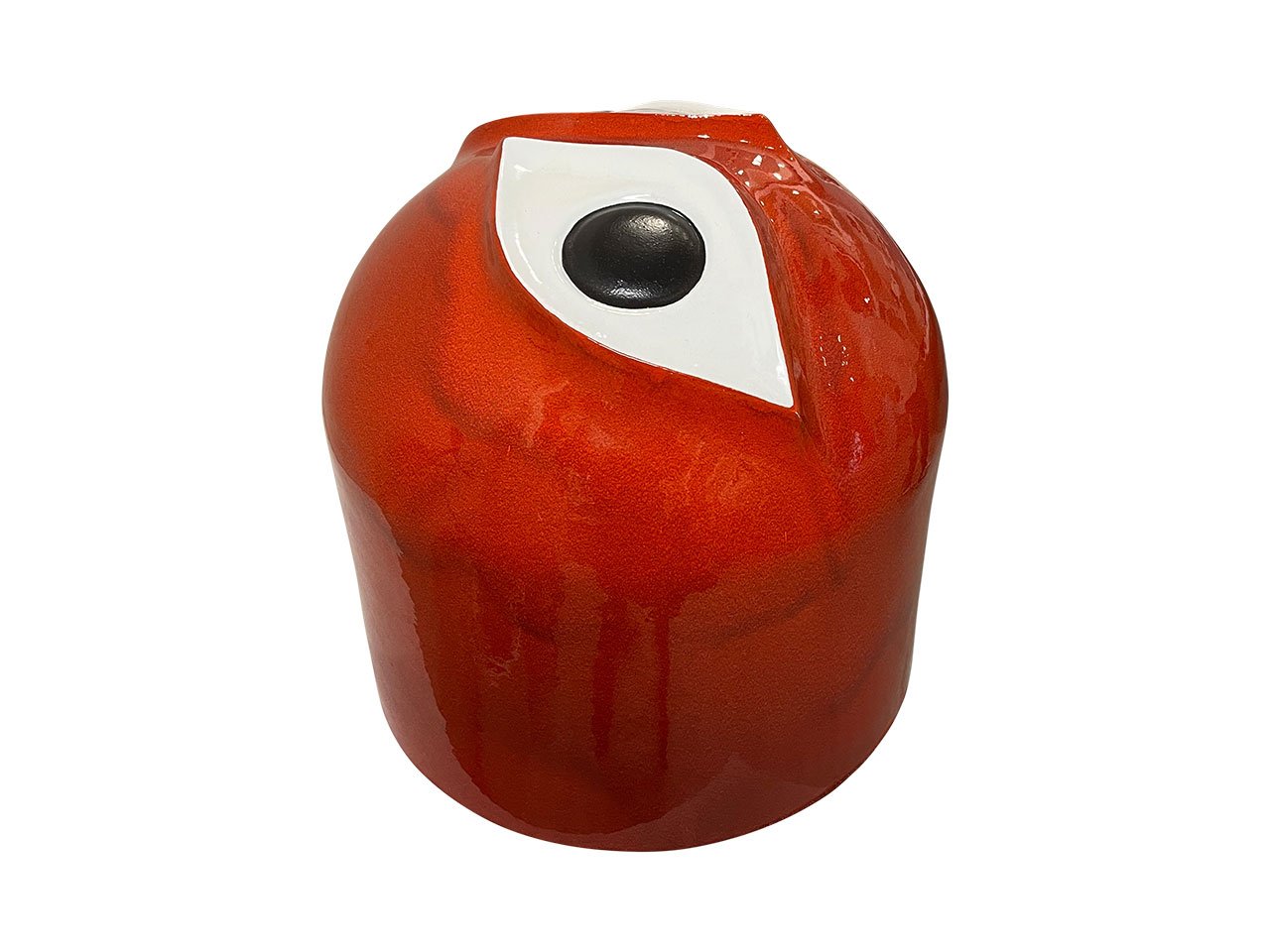
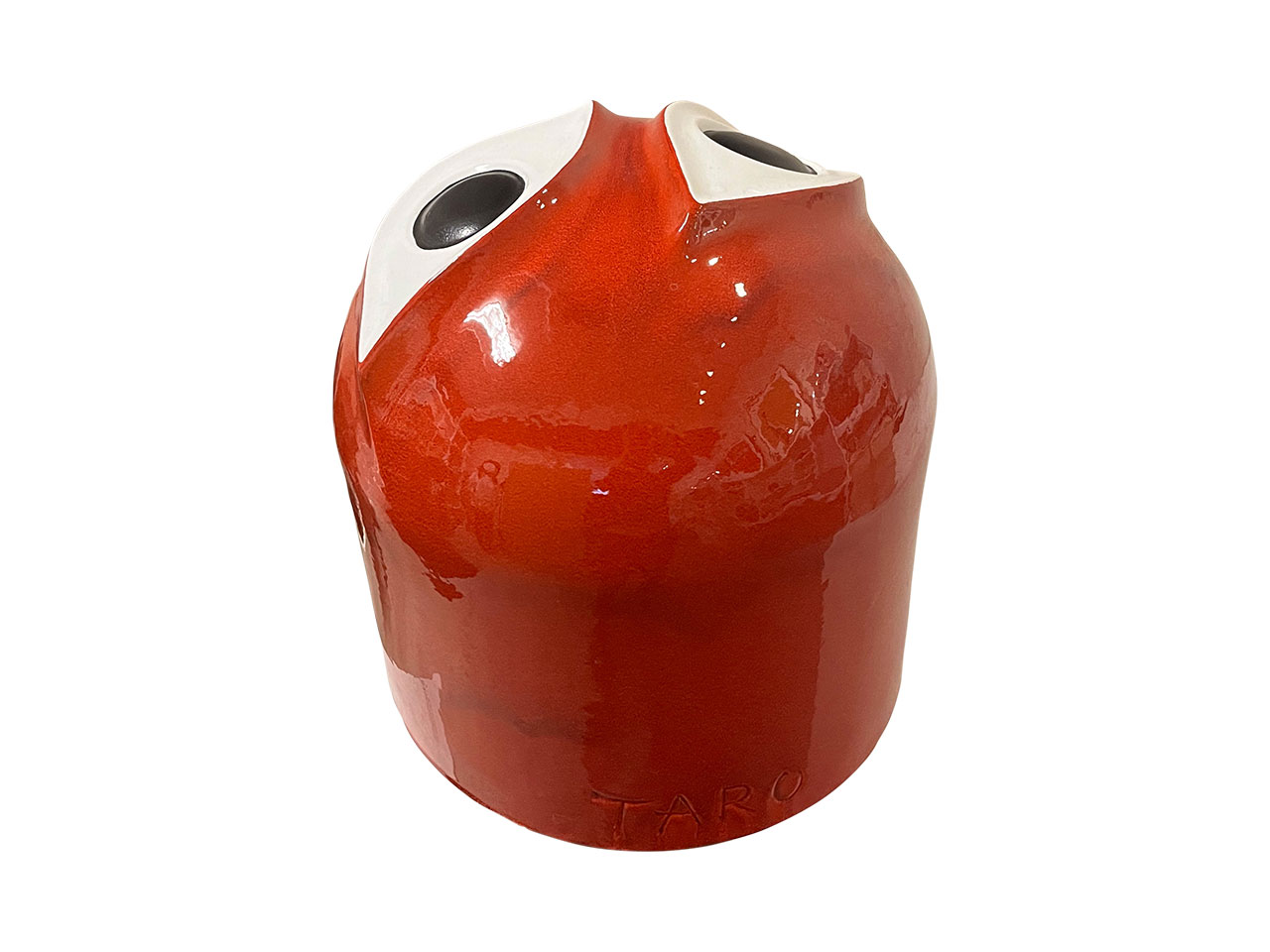
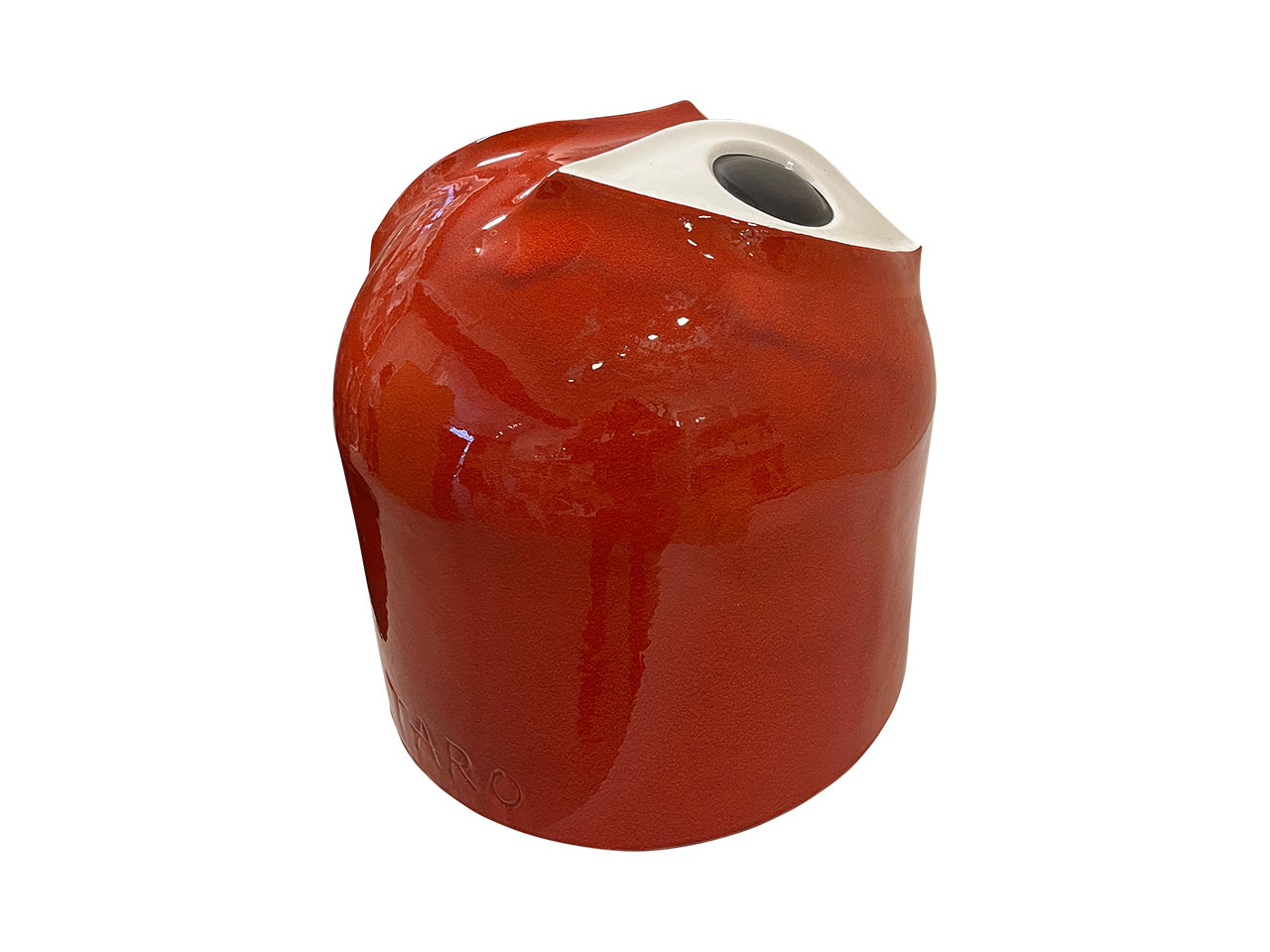
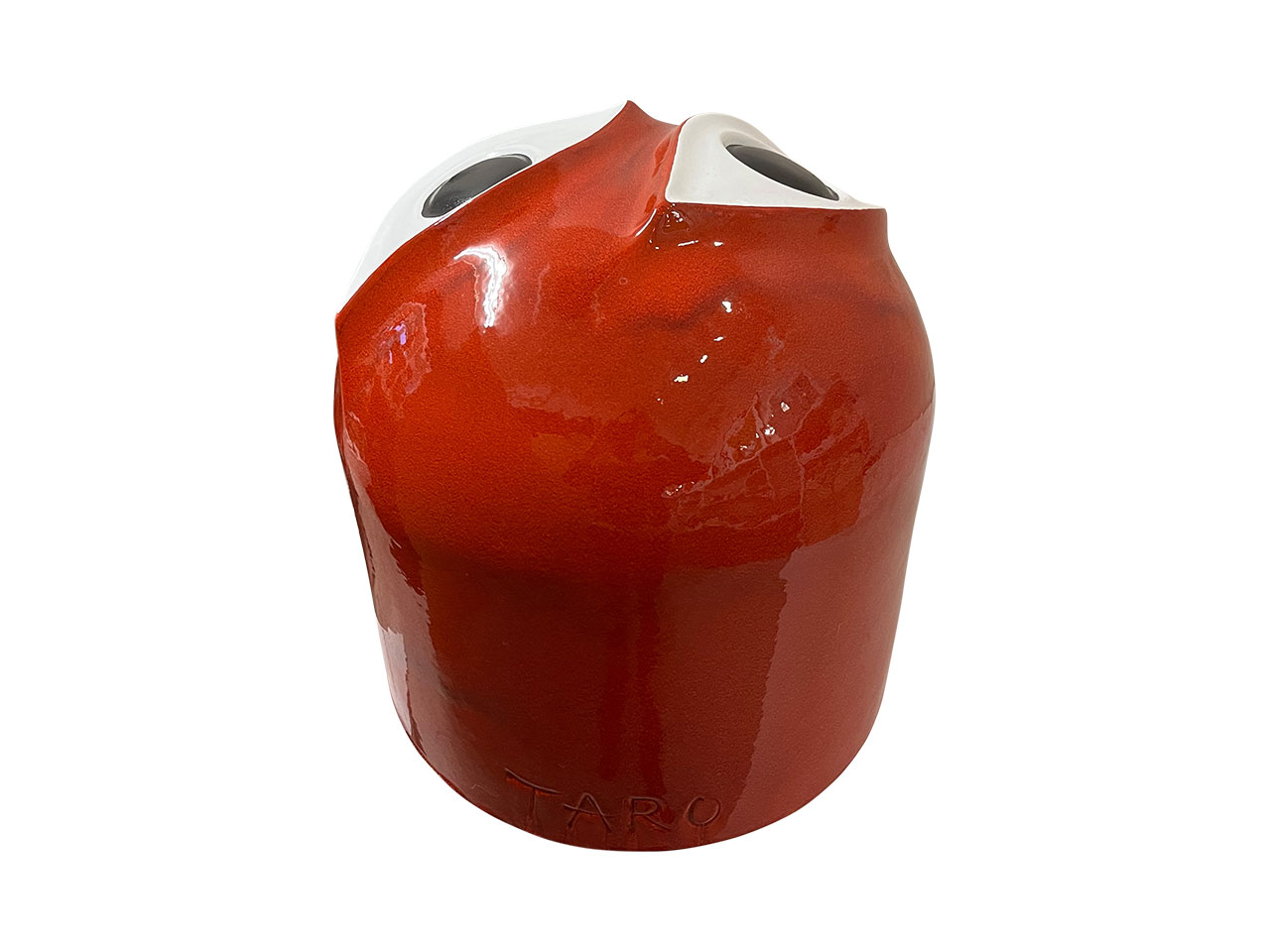
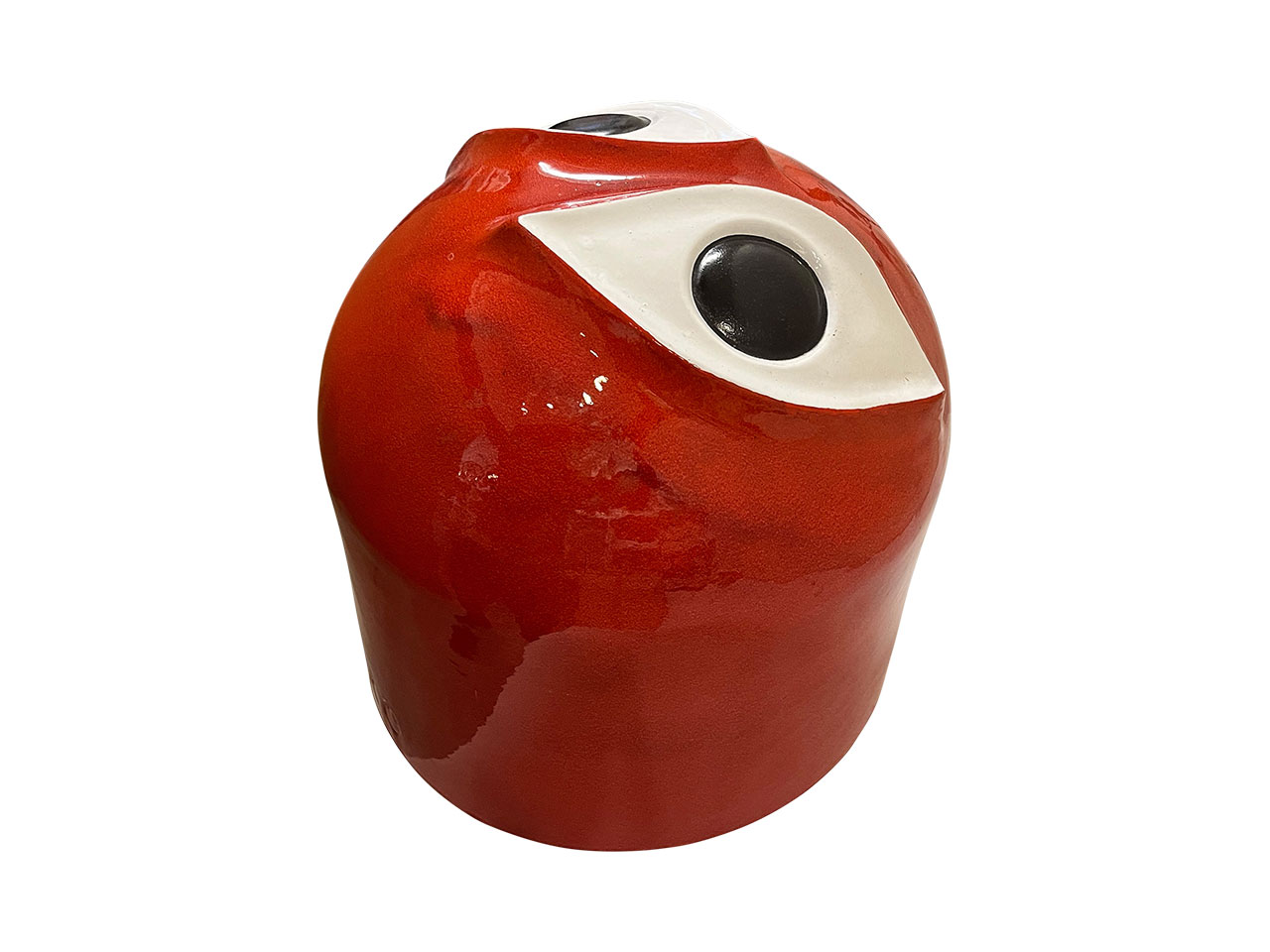
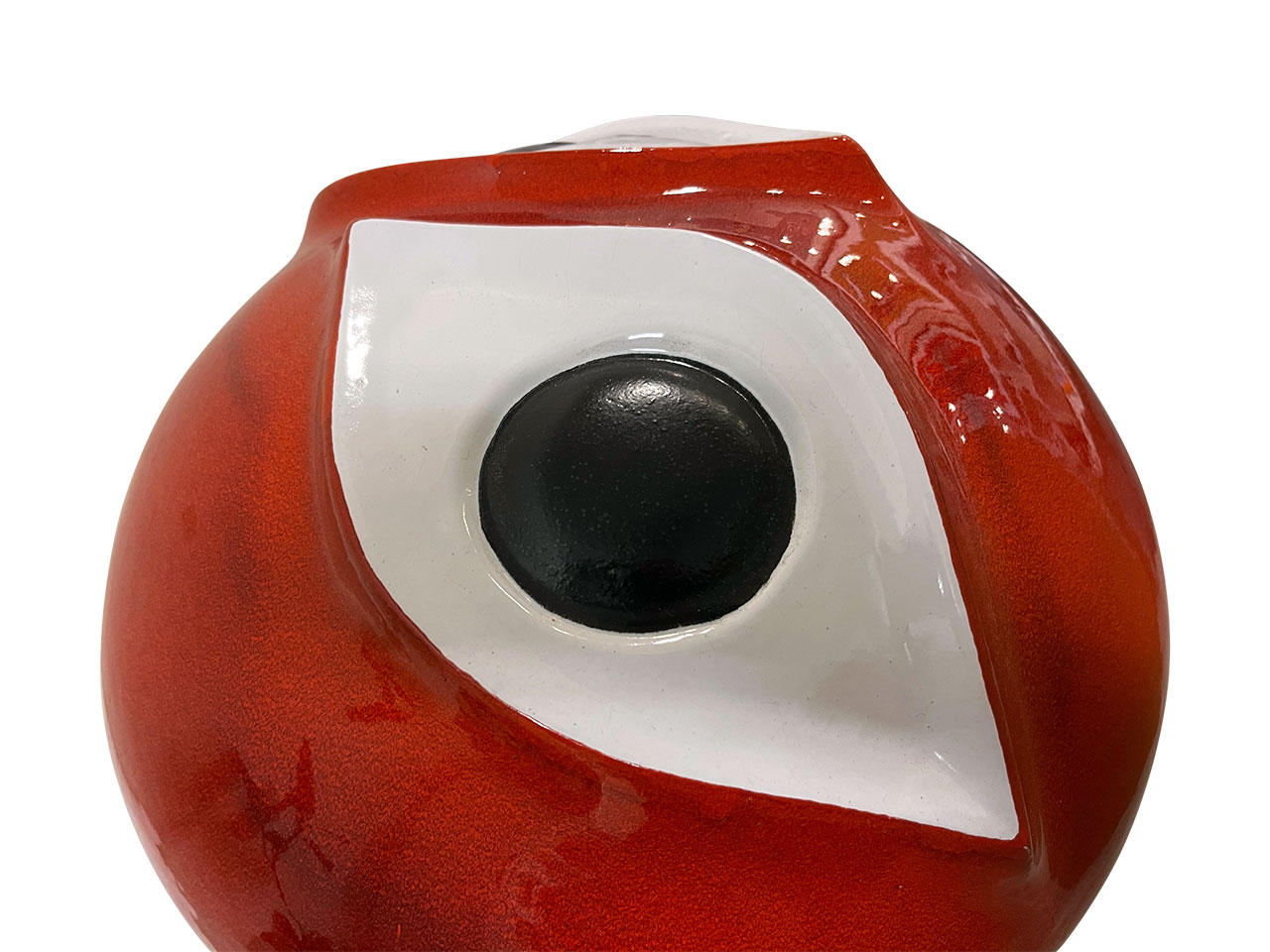

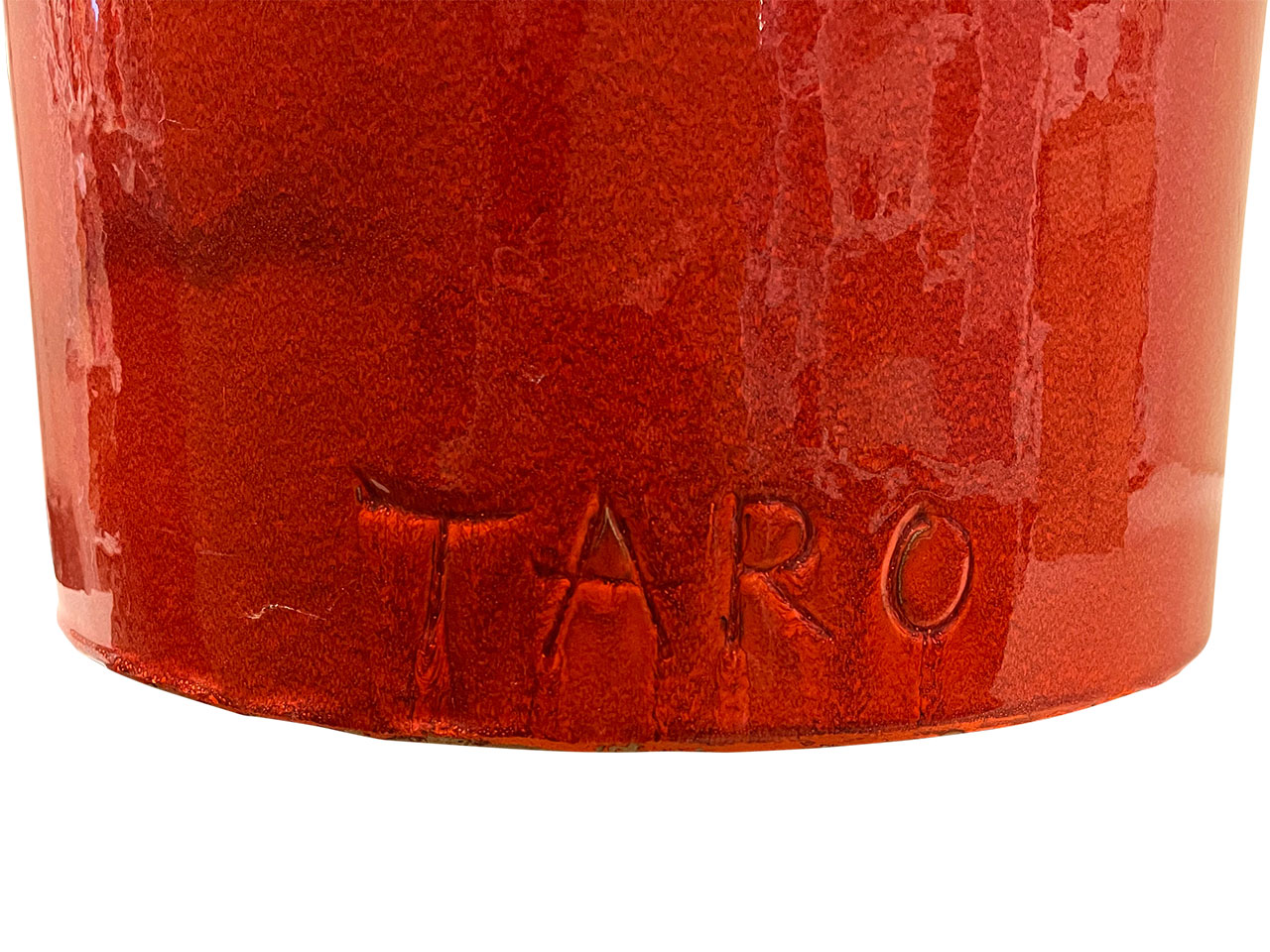
作品名:坐ることを拒否する椅子
サイズ:H47cm×D45cm
価格:SOLD OUT
価格は税抜き表示です

